In the summer of 2021, the Delta strain hit fiercely. Since July 20th, over 1200 people in 31 provinces across the country have been infected with the virus. Fortunately, China has kept new cases in the single digits for 10 consecutive days, with only 3 new cases reported on August 25th.
As China's epidemic prevention and control measures enter a new turning point, CNN sincerely laments that China may be the first country to control Delta. For the public, they began to accept the view that "human beings will get along with COVID-19 for a long time", and increasingly believed that "technology will play an increasingly important role".
Minivision, as a leading enterprise in artificial intelligence, faces the invasion of the epidemic from two dimensions: scene breadth and urban depth. We adhere to our responsibilities, continue to innovate, and safeguard people's safety with technological strength.
Scenario - Minivision Across the Country
Minivision epidemic prevention products have been deployed in thousands of residential areas, hundreds of government parks and transportation stations, and over 200 hospitals across the country, totaling tens of thousands of locations. They can achieve unified verification of ID card codes and rapid temperature detection.
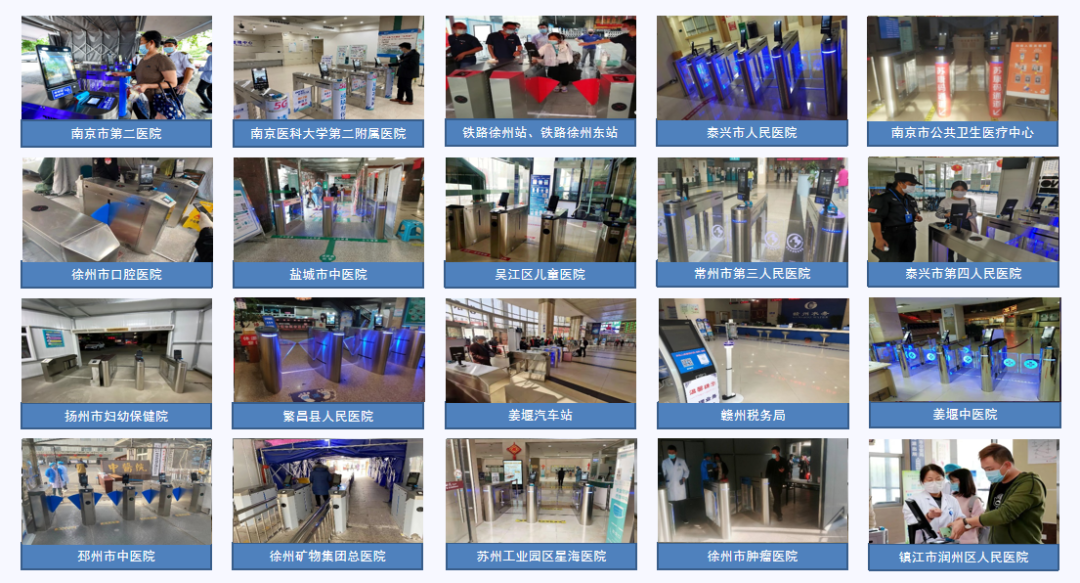
City - Minivision in Xuzhou
Xuzhou is a national comprehensive transportation hub and the central city of the Huaihai Economic Zone. Under the normalized situation of epidemic prevention and control, Minivision and its partners are working together to create a "smart epidemic prevention brain" for Xuzhou.
On the one hand, Minivision epidemic prevention products are deployed throughout Xuzhou, including Xuzhou East Station, Xuzhou Station, Xuzhou Bus Station (Terminal/South Station/West Station/North Station), Guanyin Airport, highway checkpoints, nucleic acid testing points, hospitals, and other places.
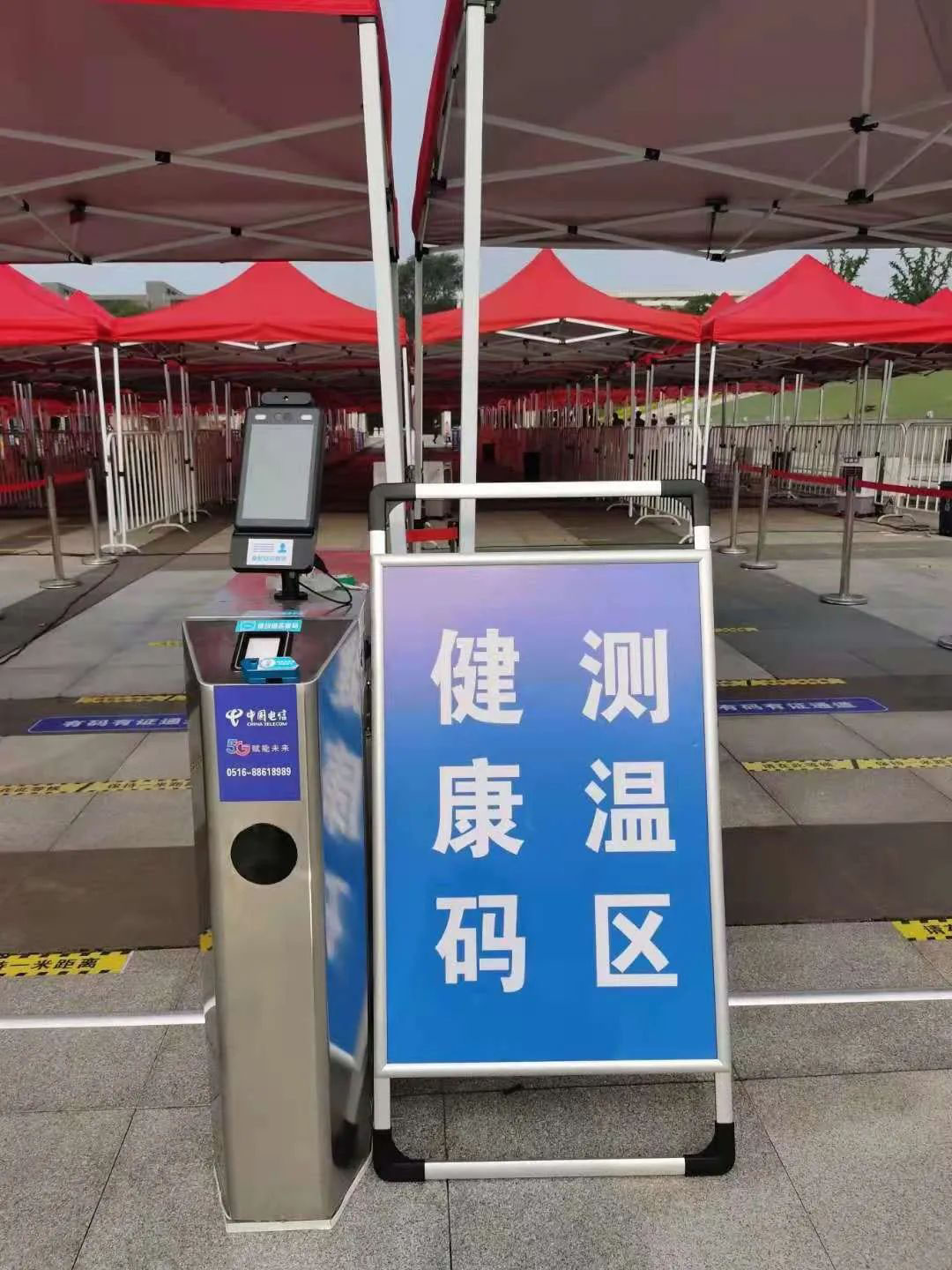
After the deployment of the relevant equipment was completed on August 20th, it was partially activated. As of August 23rd, a total of 173552 passengers were detected, with 29 yellow code passengers and 2 red code passengers detected. (Among them, 50085 people were tested at Xuzhou Station, 122296 people were tested at Xuzhou East Station, and 1171 people were tested at Guanyin Airport). It is expected that after all launches, the daily average number of detected passengers will reach 150000.
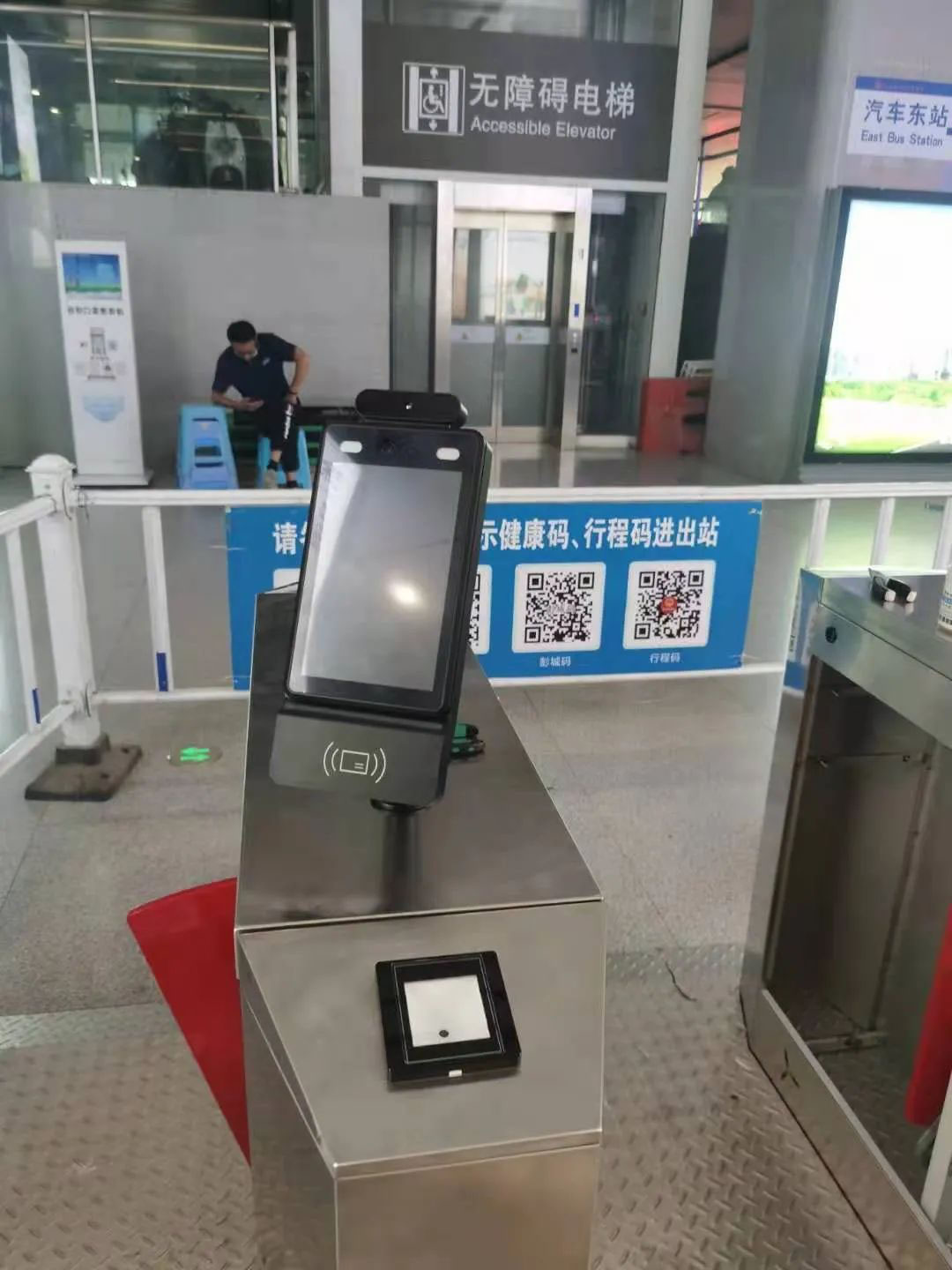
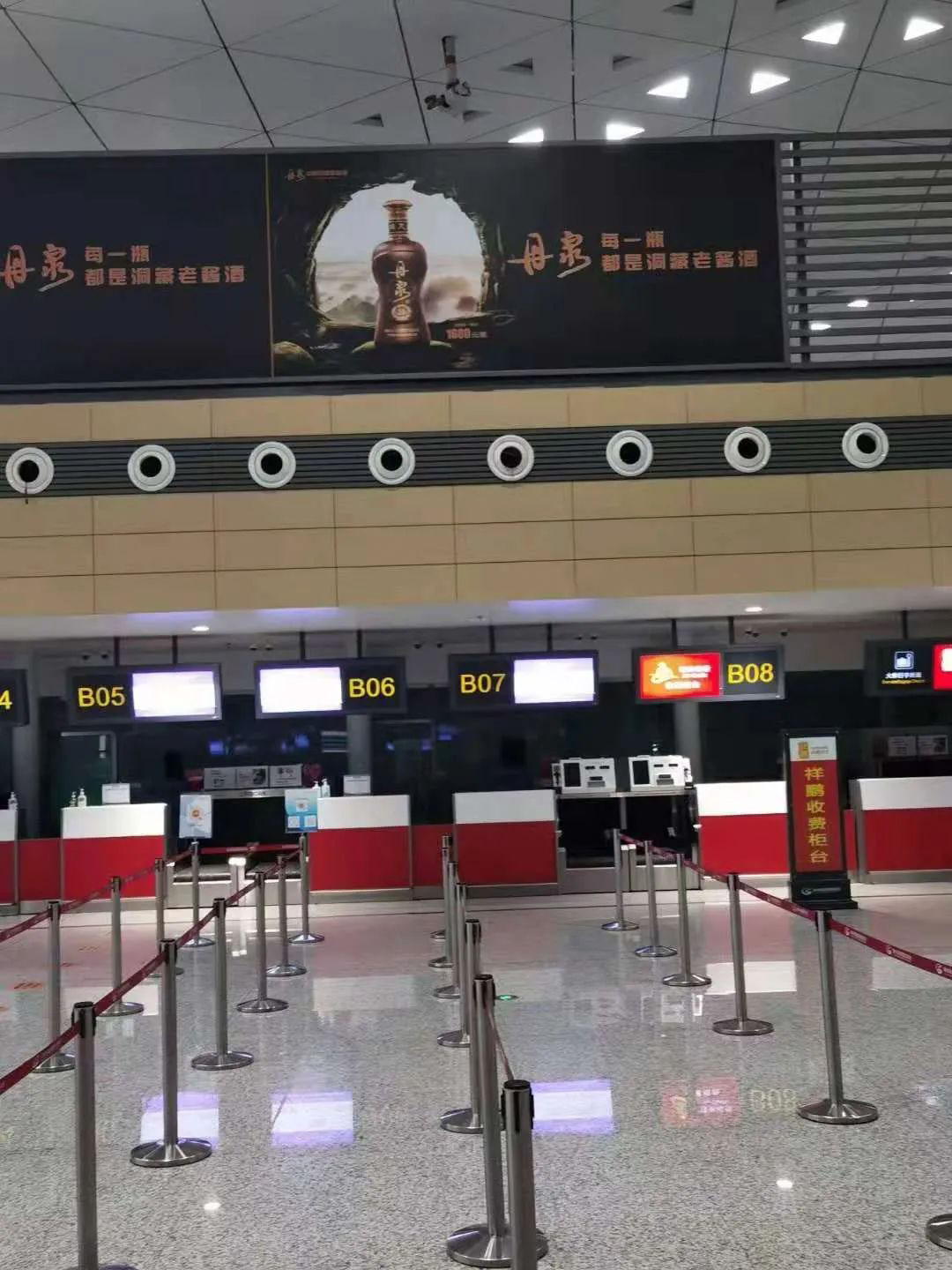
On the other hand, the "epidemic prevention brain" aggregates epidemic data, resource scheduling, key personnel, and other data together. Through modules such as the epidemic prevention and control command center, epidemic prevention material management, enterprise resumption management, and epidemic prevention information reporting, it achieves visual implementation management, allowing key information such as personnel, materials, transportation, and enterprises to quickly support decision-making.
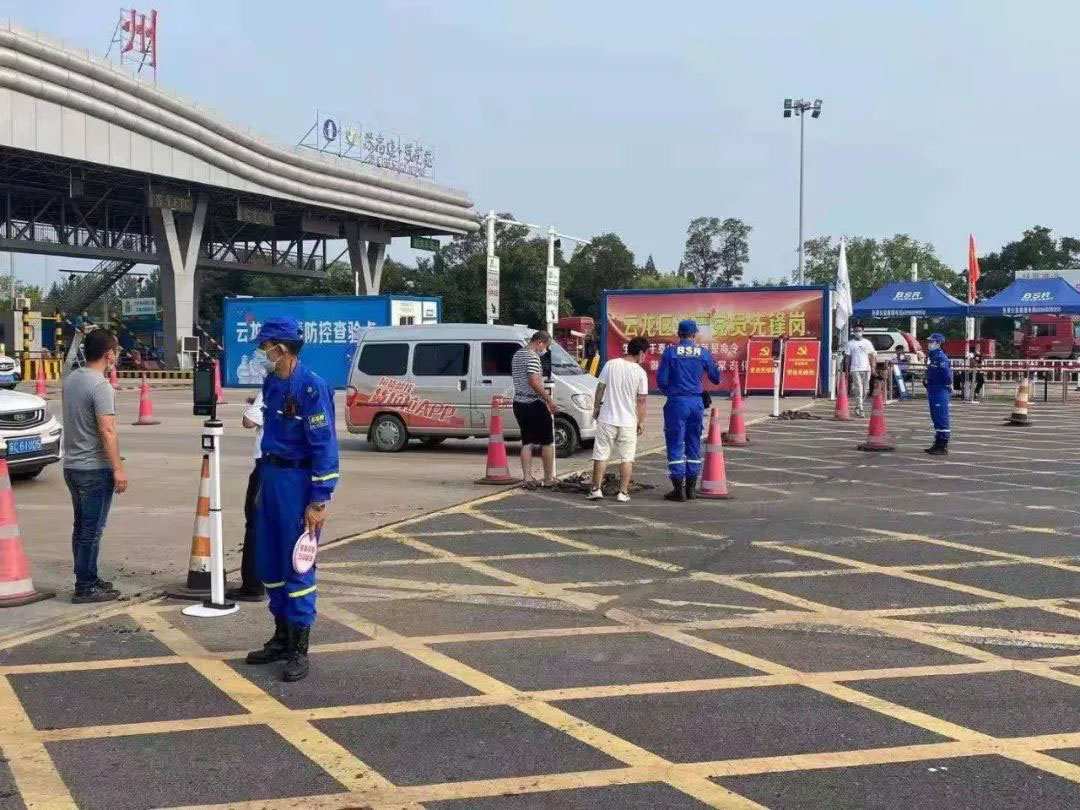
Solution - Introduction to Minivision Comprehensive Epidemic Prevention Solution
Minivision temperature and health code verification all-in-one machine is an intelligent terminal device that integrates facial recognition, ID card comparison, health code recognition, non-contact forehead temperature measurement, and other functions. It is dynamically portable or permanently fixed at the entrance and exit of nucleic acid testing points, governments, hospitals, stations, schools, residential areas, and other public places, achieving unified verification of ID card codes and rapid temperature detection.
Solve the problems of low efficiency and slow speed in traditional manual verification of health codes and temperature detection, while reducing human to human contact during the detection process, facilitating rapid detection in crowded areas, eliminating safety hazards, and improving the epidemic prevention and control system.
Through the IoT device management center, unified access, management, and collaborative operation of various devices can be achieved. At the same time, if there is a problem with the device, it can accurately locate and quickly handle it.
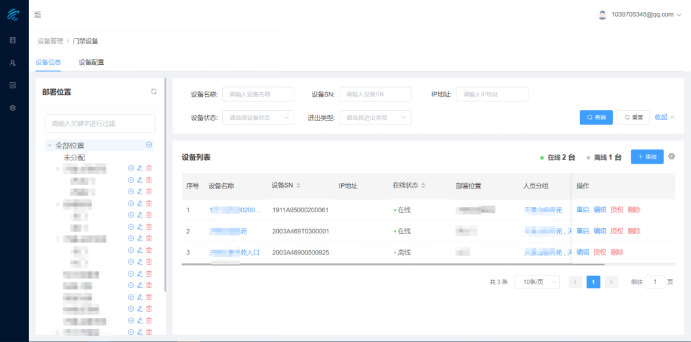
All perception data, resource data, personnel data, etc. are displayed on a single graph, and the epidemic situation, trend prediction, and other results are obtained through data collision analysis and classification aggregation, providing scientific and effective data support for all levels of departments and units to make decisions on epidemic prevention and control management.















